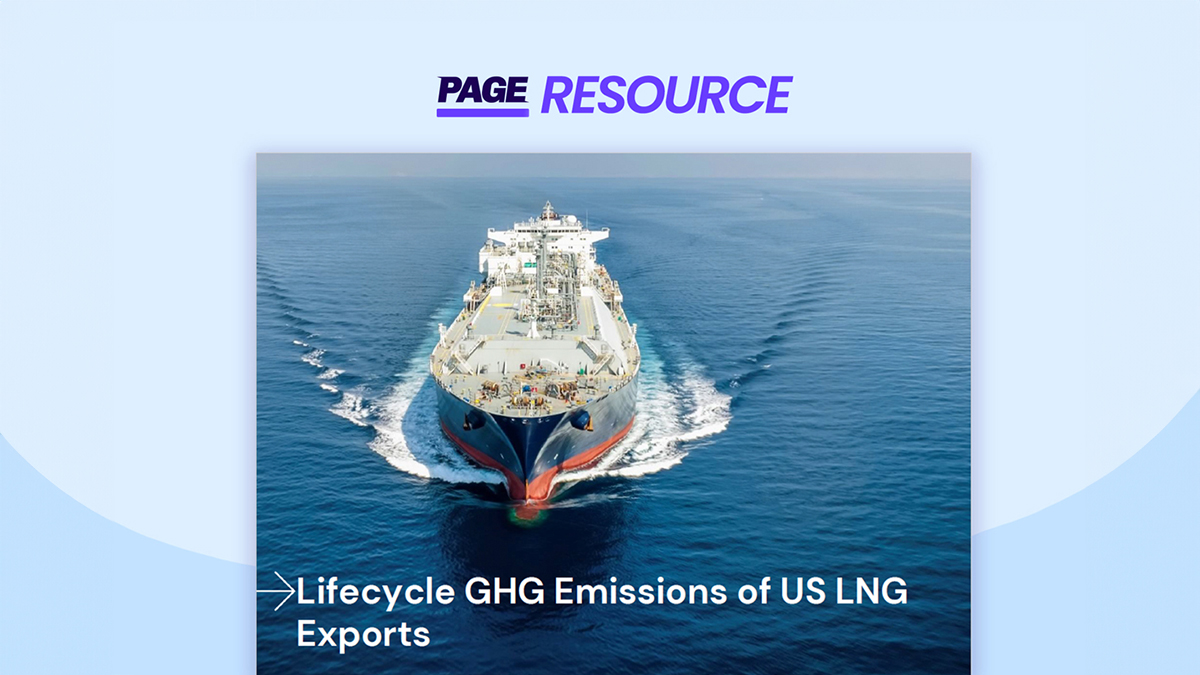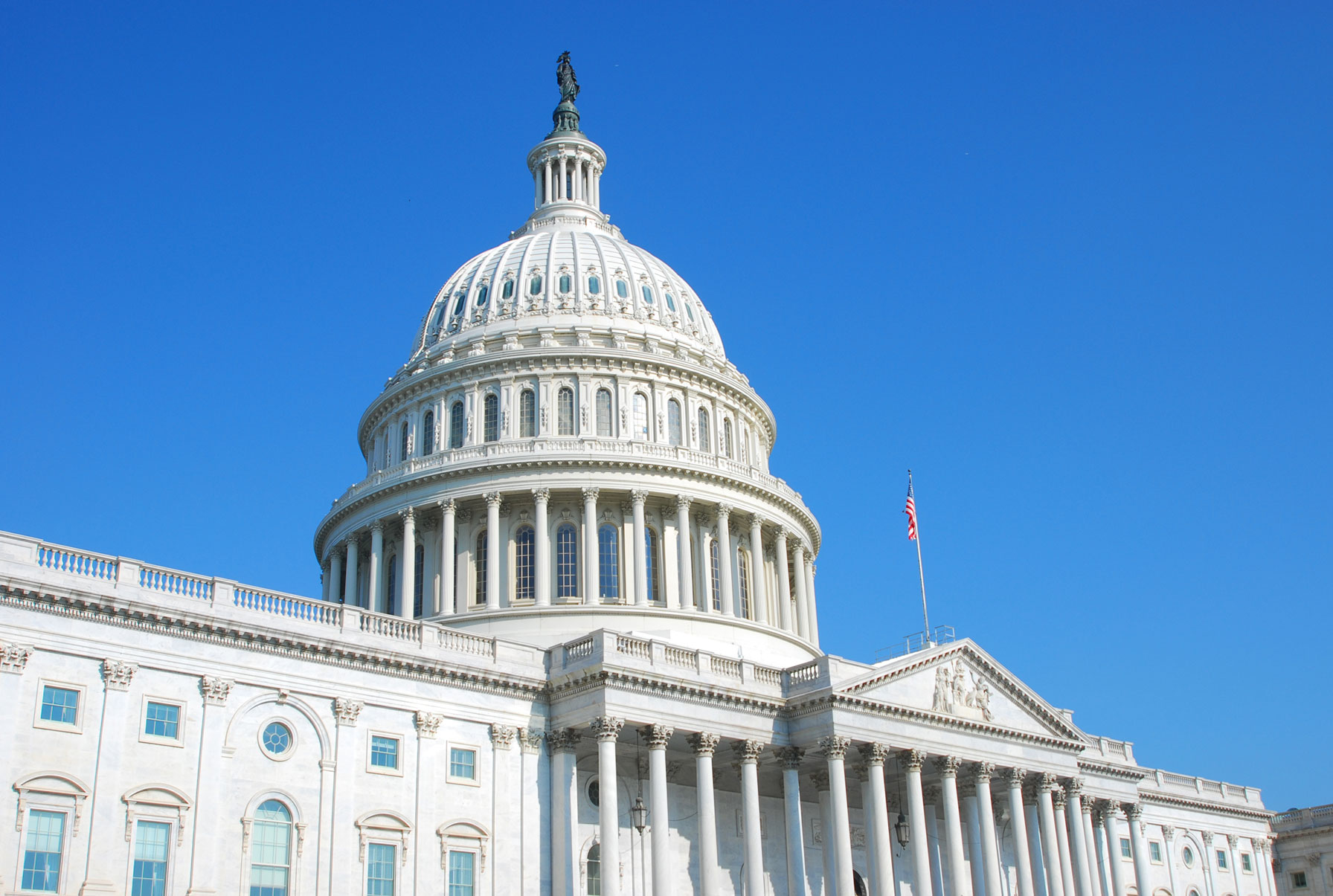
Stay informed with PAGE exclusive content.
Energy policy is foreign policy. The U.S. is a global leader in reducing carbon emissions and providing global energy security with natural gas and LNG exports. Our policy decisions impact not only American consumers, but also the world, so we must act with reason rather than politics.
PAGE is dedicated to ensuring our nation’s policymakers further progress the United States’ global energy and climate leadership.
Comprehensive permitting reform legislation that supports the simultaneous buildout of natural gas pipelines and other energy infrastructure is needed to unlock the resources at our disposal. The current permitting process for energy projects is complex and takes on average a decade to complete.
Natural gas demand has grown by 43% since 2013, while infrastructure to deliver it has only increased by 25% and storage delivery capacity has only grown 2%. Permitting reform will streamline the development of pipelines and transmission lines, which will usher in more clean energy, create new jobs and reduce energy costs for consumers.
The U.S. is now a leading exporter of LNG, driven by technological advancement and a global shift towards cleaner energy sources. This has helped secure the energy supply for our allies and had positive climate impact by replacing foreign coal use. Policymakers should exert U.S. leadership on LNG exports to combat the weaponization of energy by rogue governments, helping allies diversify supply and reduce dependency on any single energy provider.
While the U.S. natural gas industry has made dramatic progress on reducing methane emissions, policy should foster improvements in emissions measurement through investments in advanced detection, monitoring and technologies which will keep U.S. LNG competitive on a global scale.
Natural gas demand has grown by 43% since 2013, while infrastructure to deliver it has only increased by 25% and storage delivery capacity has only grown 2%. Permitting reform will streamline the development of pipelines and transmission lines, which will usher in more clean energy, create new jobs and reduce energy costs for consumers.
The U.S. is now a leading exporter of LNG, driven by technological advancement and a global shift towards cleaner energy sources. This has helped secure the energy supply for our allies and had positive climate impact by replacing foreign coal use. Policymakers should exert U.S. leadership on LNG exports to combat the weaponization of energy by rogue governments, helping allies diversify supply and reduce dependency on any single energy provider.
While the U.S. natural gas industry has made dramatic progress on reducing methane emissions, policy should foster improvements in emissions measurement through investments in advanced detection, monitoring and technologies which will keep U.S. LNG competitive on a global scale.
Year development cycles and incomplete projects are preventing American energy from reaching consumers here and abroad.
Increase in emissions when shifting to coal from U.S. LNG for power generation.
Reduction in methane intensity in U.S. gas systems between 2014 – 2024.
Liquified Natural Gas, or LNG, is natural gas that has been supercooled to a liquid state. This process makes natural gas 1/600th its original volume and thus easier to transport and store. Following transportation, LNG is slowly warmed to return to a gaseous state for residential and commercial use.
Existing pipelines are at capacity and many pipelines and LNG facility projects have been cancelled or delayed over the past 5 years. We need a streamlined process to expand the infrastructure on the east and gulf coasts, closer to natural gas resources, to cost-effectively transport natural gas through the U.S and to our allies.
Between 2005 and 2022, 60% of U.S. power sector emissions reductions came from replacing coal with American natural gas. Research from the International Energy Agency (IEA) shows coal-to-gas switching was once again the largest driver behind U.S. energy sector emissions reductions in 2023.
The industry knows that if natural gas is going to be part of a clean energy future, it must address methane. That’s why responsible producers are quickly replacing pneumatic controllers, which account for 62% of total reported methane emissions, with non-venting devices and installing gas capture systems. This has helped contribute to a 40% reduction in the methane intensity of gas systems between 2014 and 2024.
Natural gas and renewables are compatible partners. Natural gas is the cleanest firm power option available at scale, meaning it can provide 24/7 power to support renewables’ intermittency. If U.S. LNG export growth potential were to materialize, 85% of the resulting gap would be filled by fossil fuels from outside the US, according to S&P Global.
Despite LNG exports increasing substantially over the last decade, domestic prices have remained low. The LNG export industry has contributed $408 billion in GDP since 2016, supporting an average of 273,000 direct, indirect and induced U.S. jobs.








Stay informed with PAGE exclusive content.